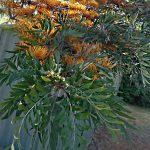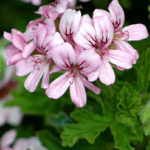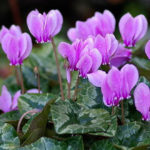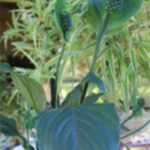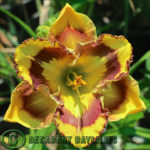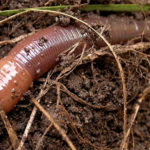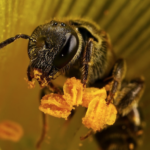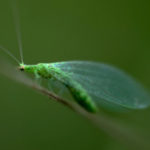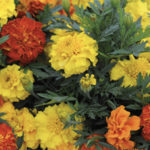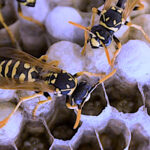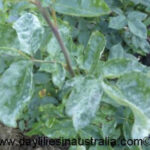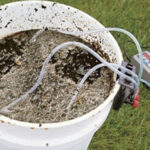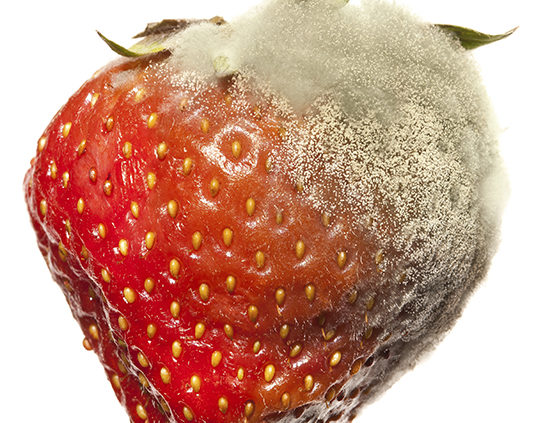
Botrytis Blight Grey Mould Control
Botrytis Blight Or Grey Mould
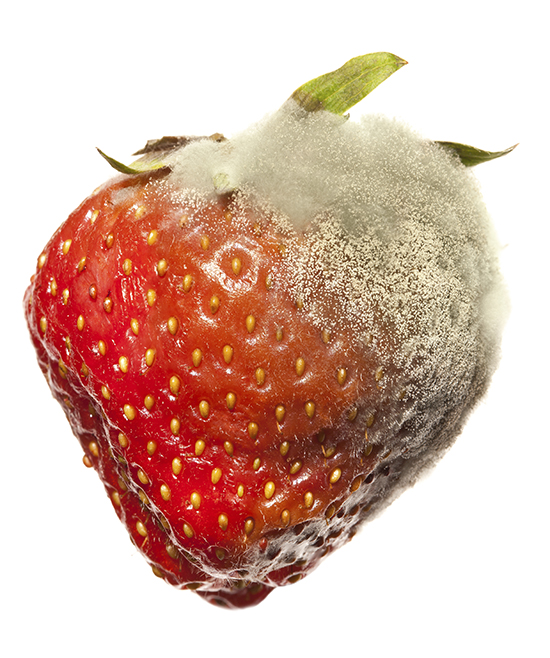 Botrytis blight or Grey mould is a fungal disease caused by a fungus called botrytis cinerea. This fungus attacks trees and garden plants during high humidity period in summer or spring. It can affect all plant parts like leaves, shoots, flowers, buds. The affected areas of the plant develop brown lesions and grey coloured spores. The severity of the fungal attack depends mainly on the weather conditions.
Botrytis blight or Grey mould is a fungal disease caused by a fungus called botrytis cinerea. This fungus attacks trees and garden plants during high humidity period in summer or spring. It can affect all plant parts like leaves, shoots, flowers, buds. The affected areas of the plant develop brown lesions and grey coloured spores. The severity of the fungal attack depends mainly on the weather conditions.
What is Botrytis Blight Tell Tale Signs?
The signs of botrytis Blight include brown coloured spots and flecks on buds and flowers. Brown spots also appear on leaves, flowers, stem during or after cool and wet period. The pattern of wilting and discolouration starts from the inner petals and extends towards the petals on the outer area of the flower. Brown lesions with grey spores are the typical symptom. The tender leaves and shoots start to die back and the leaves start to drop off. Fruits will rot and drop off from the plant.
How to Treat Botrytis Blight on Plants?
The treatment for botrytis blight on plants should include proper sanitation and good pest management practices.
- The infected plants or parts of the plants should be removed immediately. Prune the plant using disinfected pruning equipment. You can either burn the removed infected plant parts or bury them in the soil at a depth of at least 1 foot.
- Avoid overcrowding of plants which provide cool and moist area for the fungus to thrive. Having good space between the plants improves air circulation and helps to receive adequate sunlight. So, prune the plants whenever necessary.
- Always water the soil around the plant to keep the foliage and flowers dry.
- Spraying organic fungicides which are copper or sulfur based every 10 days will help to keep the plant free of the disease.
- If the plants are kept in the greenhouse, increase the ventilation.
It is difficult to completely control the spread of the disease as the spores of the fungus get carried too long distances by wind.
Botrytis Fungus Disease Cycle
The plants susceptible to the disease get the infections during spring when the conditions are most favourable. The overwintering stage of the fungus called the sclerotia is seen on the dead plant parts. During the spring, the sclerotia germinates and the mycelium comes out and produces conidia or infectious spores. The conidia reaches the new host tissue with the help of wind or splashing rain drops.
Botrytis Blight Control
- To control the spread of the diseases to the other areas of the plant or to other plants, quickly remove plant parts that are infected. Remove the flower stalks that have finished blooming.
- Avoiding injuring plant parts can reduce blight infection. Wounded, tender and old plant parts are more susceptible to the disease.
- Using cultivars of the plant that are least resistant to the botrytis attack can be selected.
- Organic fungicides like neem oil can be sprayed on the plant. Neem oil has anti-fungicidal property.
- Avoid over fertilisation of the plant which promotes the growth of new leaves and increases the chances of infection.


